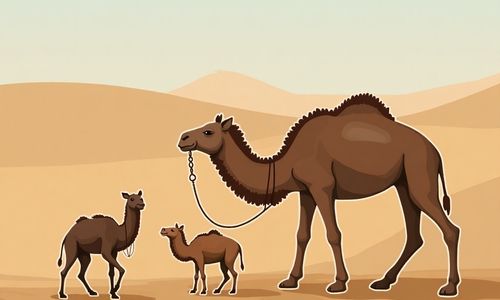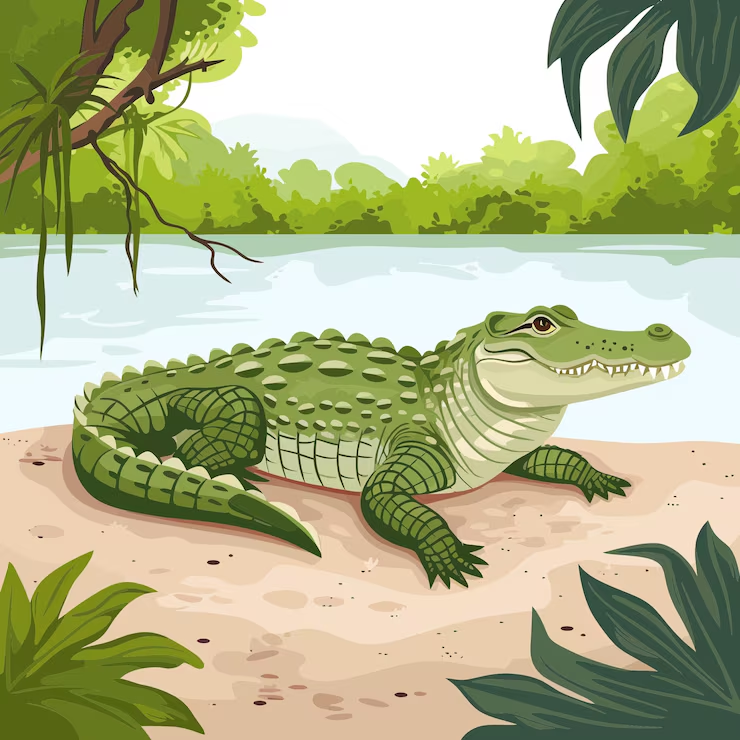Answers For [Forecast Q1-2025] - Desert Animals
Answers and detail explain for [Forecast Q1-2025] - Desert Animals
Explain
[Forecast Q1-2025] - Desert Animals

Good morning and welcome to the West Gate Zoo's special presentation on desert animals.
We would like to thank you for attending, we appreciate the opportunity to educate as many people as we can on the importance of the desert environment to our planet.
Many people think that the desert is barren and devoid of life, however we are here to convince you today that that's far from true,
and that the deserts are in fact beautiful places teeming with life.
As you know, the fine balance of eco-systems is an essential part of our planet.
In every environment, from the desert to the jungle to the deepest ocean, we see that species rely on each other,
and any disturbance to one member of an eco-system has a “ripple effect” on everything else.
1Today, the first topic I would like to share with you is how two different species react to each other's behavior, namely, their interaction.
When it comes to desert, we tend to think that in such a sterile environment, every creature will fight fiercely with each other for food and water since they are so scarce.
That's true to some extent, but things can also be different.
2Here we can bring quite a few examples on how one species can coexist with another in the desert.
One excellent example is mice and lizards.
They are animal of a similar size and treat each other with a wary tolerance neither will attack or eat the other,
but they do share something in common, their food source.
Although mice will also eat seeds and plants, and lizards someimes eat other small lizards,
3their common food source is insects such as spiders, ants and other bugs which are high in protein and other nutrients as well,
so they don't need to hunt for food until they get hungry next time.
Most of the time, the two species will not interfere with each other's eating preferences.
4However, they do compete for food at times, but it rarely results in a direct fight as there is usually plenty of food for both of them.
Now let's undertake our second topic.
5Instead of studying how two species get along with each other or how they are similar to one another, we will explore for more information through comparison.
This time we have two completely contrasting species and we will see the way in which both species use their own way of adapting to a changing environment,
6and even how they find additional resources in harsh environments.
The example here is kangaroos and locusts, both of which have adapted well to the changing environment.
Rather than reducing in number like many animals when humans encroach on their habitat,
kangaroos can live and feed just as well on golf courses and lawns as they canon their own native grasses.
7Incredibly, the population of kangaroos in Australia has increased dramatically to nearly forty-four million.
In some parts, kangaroos are even culled in large numbers because they have become a pest.
In a similar way, as the areas being used for farmland have increased,
8locusts have taken advantage of the extra food-much to the dismay of the farmers-and studies have shown that the size of the creature is 7% larger than ten years ago.
So, as you can see in these two cases, some species are able to adapt very well to living with the changing environment.
On another topic now, we often hear about symbiotic or cooperative relationships between species where they are mutually beneficial to each other.
You have probably heard about this kind of cooperation in species such as sea anemones and clownish, sharks and cleaner-fish, as well as leaf-cutter ants and fungus.
9Well, the example I have for you today is fire ants and some plants, the former can benefit from the protection offered by the latter.
The plants have ways to ensure that ants defend them from attacks and also spread their seeds.
The ants look for various kinds of seeds, and some seeds are not completely consumed,
meaning that the kernels of the seeds are scattered around their nests, effectively spreading the seeds to grow into new plants.
10Studies have shown that the amount of ants can be doubled when they are near these particular plants, simply because of the shelter they provide.
This is a terrific example of how species can work together to be mutually beneficial, and this is something humans need to consider more in our own environments.
Well, I hope that my talk has helped to open your eyes to the beauty that the desert holds.
Are there any questions?
Questions 1-10
Complete the table below. Write ONE WORD ONLY for each answer.
Desert Animals
| Topic |
Aim |
Research object |
Conclusions |
| the 1 (interaction) between two species |
to see how species 2 (coexist) in a desert |
lizards and mice |
- they both feed on 3 (insects) - they 4 (compete) with each other for food sometimes |
| the 5 (comparison) between two species |
to see how animals obtain extra 6 (resources) |
kangaroos and locusts |
- kangaroo's 7 (population) has increased - the 8 (size) of locusts is enlarged |
| the cooperation between two species |
to see if some plants provide 9 (protection) for ants |
fire ants and some plants |
- particular plants may be treated as 10 (shelter) by some ants |
![[Forecast Q2-2025] - Biology lecture](https://static.helik.app/reading/8fd3d7d2-ccf9-47a3-8920-2e7a3b0d6607)
![[Forecast Q2-2025] - Living in the City](https://static.helik.app/reading/1a60bcf3-f3a7-4e9b-97a2-94d156a0de3b)
![[Forecast Q2-2025] - Student Union](https://static.helik.app/reading/fb443123-8c1d-447e-8c79-5a01650f4754)
![[Forecast Q2-2025] - Fruit-picking Job in an Orchard](https://static.helik.app/reading/e1968346-6c55-44ae-b8d3-f6a4fb7207b9)
![[Forecast Q2-2025] - University Crime Prevention](https://static.helik.app/reading/bdda593e-16d6-4c72-8a12-b116e917b27c)
![[Forecast Q2-2025] - Business Course](https://static.helik.app/reading/3308e282-99a6-4bcb-9d22-0b488701d968)
![[C20T1] - Choosing a restaurant](https://static.helik.app/reading/e9b21123-c43c-42fb-88b7-5d0be3a37e03)
